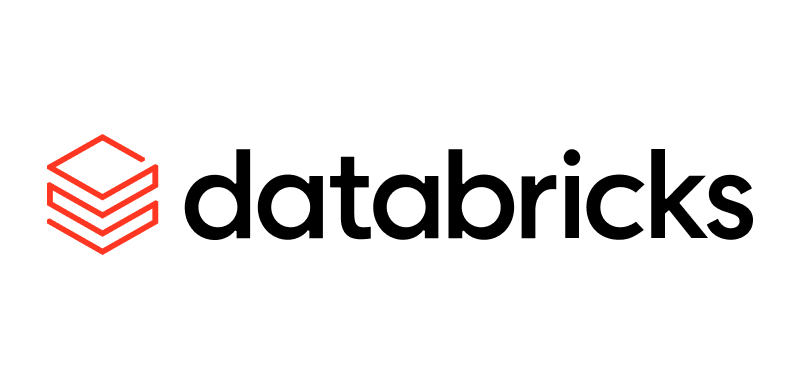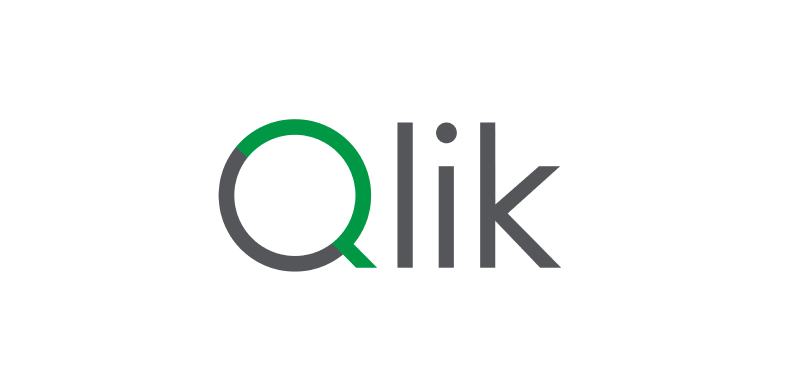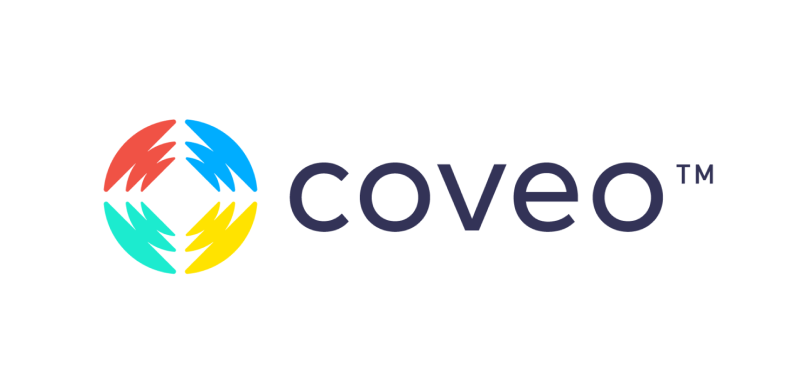In the Spring of 2023, Salesforce rolled out these capabilities to the entire customer-facing organization and expanded into SupportLogic’s quality assurance and automated coaching products. SupportLogic’s full suite of support experience products allowed Salesforce to consolidate vendor relationships and ensure a company-wide adoption process with less friction.
Katherine Sullivan added, “I eagerly anticipate taking our utilization of SupportLogic to the next level, as it promises to facilitate our scaling efforts and offer deeper insights for enhanced case management. We’re poised to dive into questions like ‘How are we presenting ourselves?’ and ‘What insights can we glean from our choice of words and communication channels?’ These present real opportunities for coaching and improvement. Our focus will be laser-sharp as we pinpoint areas ripe for enhancement, ensuring we become even more efficient and effective in our approach.”









